A Sales Methodology to Win At Every Level
In-Person & Virtual Sales Training – Gap Selling For B2B, SaaS, & more.
B2B Sales Training: Changing Everything You Know About Relationships,
Overcoming Objections, Closing and Price
Are You Struggling?
Revenue challenges and issues in sales come down to just 4 common problems. Understanding these problems and their root causes is the only way to effectively grow sales.
- Low Win Rates
- Long Sales Cycles
- Low Average ASP
- Poor Pipeline Development
For years, salespeople have embraced a myriad of sales tactics and belief systems that have unknowingly created many of the issues they have been trying to avoid.
It’s time for B2B sales training for the 21st Century.
Instructor Led B2B Sales training Courses
Building Your Gap Selling Sales Organization
Abandon decades old selling approaches and methods that just don’t work. Expose your team to the power of Problem-Centric™ Selling: the sales methodology that teaches salespeople how to sell the way your buyers like to buy.
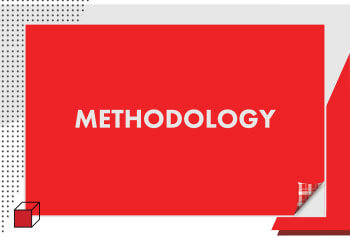
Gap Selling Methodology
Learn the fundamentals of becoming a Problem-Centric™ seller in order to accelerate your sales growth.
- INTRO TO GAP SELLING
- SALES MYTHS BUSTED
- PROBLEM IDENTIFICATION
- DISCOVERY!
- DEMOS / PRESENTATIONS
- OBJECTION HANDLING
- SALES CYCLES
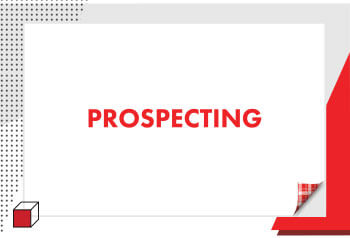
Gap Selling Prospecting
Learn the fundamentals of becoming a Problem-Centric™ prospector in order to build your healthy pipeline.
- INTRO TO PROSPECTING
- PROBLEM CENTRIC™ PROSPECTING
HOW TO ELEGANTLY INTERRUPT
PROBLEM IDENTIFICATION - KNOWING YOUR ICP
- CAPTURING ATTENTION
- BUILD YOUR MESSAGING
LEVERAGING EMAIL/SOCIAL/PHONE
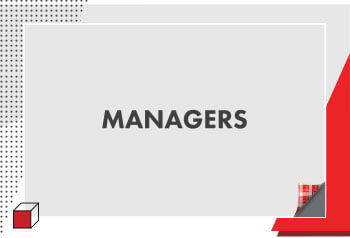
Gap Selling for Managers
Learn the fundamentals of becoming a Problem-Centric™ sales leader in order to develop a high functioning sales team.
- INTRO TO MANAGEMENT
- PIPELINE MANAGEMENT
- PSYCHOLOGY OF INFLUENCE
- ACCOUNTABILITY
- CULTURE CREATION
- CRM: FRIEND OR FOE
- SUCCESS METRICS
- DEAL STRATEGY
- BUILDING A COMMIT CULTURE
- SALES COACHING METHOD
Enterprise Solutions
Virtual Sales Training: Online and On-Demand
Our Online, On-Demand Trainings offer the same insights as our instructor-led courses with the flexibility to start today and learn at your own pace.
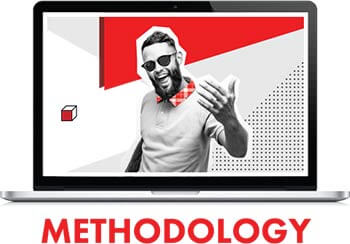
Gap Selling Methodology
Learn the fundamentals of becoming a Problem-Centric™ seller in order to accelerate your sales growth.
- INTRO TO GAP SELLING SALES MYTHS BUSTED
- PROBLEM IDENTIFICATION
- DISCOVERY!
- DEMOS / PRESENTATIONS
- OBJECTION HANDLING
- SALES CYCLES

Gap Selling Prospecting
Learn the fundamentals of becoming a Problem-Centric™ prospector in order to build your healthy pipeline.
- INTRO TO PROSPECTING
- PROBLEM-CENTRIC™ PROSPECTING
HOW TO ELEGANTLY INTERRUPT
PROBLEM IDENTIFICATION - KNOWING YOUR ICP
- CAPTURING ATTENTION
- BUILD YOUR MESSAGING
LEVERAGING EMAIL/SOCIAL/PHONE
Coming Soon
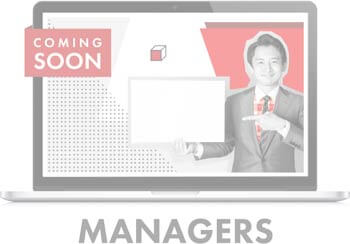
Gap Selling for Managers
Learn the fundamentals of becoming a Problem-Centric™ sales leader in order to develop a high functioning sales team.
- INTRO TO MANAGEMENT
- PIPELINE MANAGEMENT
- PSYCHOLOGY OF INFLUENCE
- ACCOUNTABILITY
- CULTURE CREATION
- CRM: FRIEND OR FOE
- SUCCESS METRICS
- DEAL STRATEGY BUILDING A COMMIT CULTURE
- SALES COACHING METHOD
Coming Soon
Not sure what sales training is right for you?
Are you an enterprise sales team of 500 or more salespeople?
Check out custom Gap Selling enablement team training
make it easy TO IMPLEMENT GAP SELLING TO GLOBAL SALES ORGANIZATIONS
A Special Extra For You

Free Resources
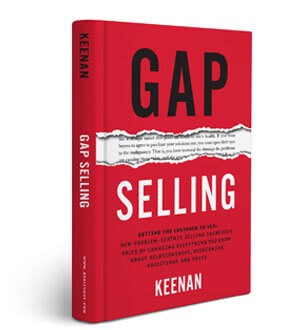
Gap Selling
